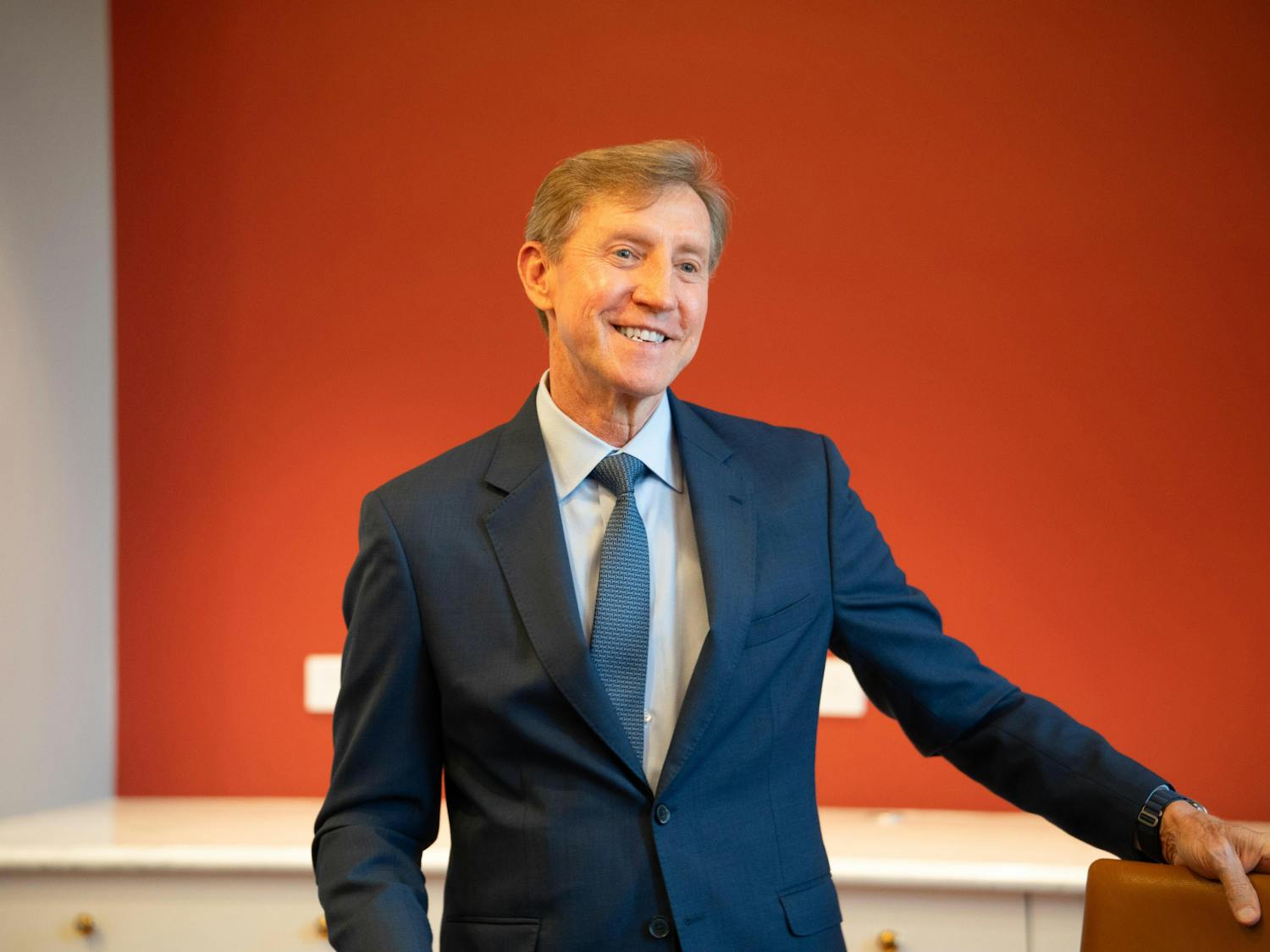It looks like you may need to get that summer job after all.
Federally subsidized student loan interest rates are set to double on July 1, from 3.4 percent annually to 6.8 percent. Before 2007, the interest rate had been set at 6.8 percent. The current lowered interest rate comes from a part of the 2007 stimulus law, which was intended to help college students in the struggling economy.
At Penn, the “no loans” policy is one of the cornerstones of financial aid. And although that policy, like lowering the federal interest rate, began during the Great Recession, the financial aid office says Penn “remains committed to this policy.”
Joel Carstens, the university director of financial aid, said in an email, “It is our firm belief, from President Amy Gutmann and the Board of Trustees, that our no-loan program is the right thing to do nationally and the right thing to do for Penn.”
Despite that commitment, the Student Registration and Financial Services office realizes the reality of some student’s financial affairs. The no loans policy gives students financial aid packages that “meet their financial need, as determined by Penn,” according to the office.
In a statement, they said, “Students who receive no loan financial aid packages may still choose to borrow to assist with their family contribution, health insurance, or other costs. Penn encourages these students to borrow carefully, considering the impact such a decision may have on economic choices available after graduation.”
Rising Wharton and College senior Ted Marschall is one student who sought loans to come to Penn. He sees rising interest rates “as an impediment to most borrowers.”
“I think for Penn students, they’re kind of atypical, as a lot of them see themselves as having enough earning power after graduation to pay off these loans,” Marschall said. “But for college students as a whole, this is definitely a problem. It precludes many who want to raise their output as human capital, which is a problem for everyone.”
Related
“The size of my loans definitely weighed on my decision to apply to a pre-professional school, to enhance my return on my investment after college,” Marschall added.
Still, Penn’s no loans policy does eliminate loans for many students. Many of the people reached out to for this article simply responded that they did not need to take out loans to come to Penn.
Prashant Joshi, an incoming Engineering freshman, said, “Penn really wants to have its admitted applicants go there. I applied for a financial aid re-evaluation and was given some more money to attend. Without that, I would have probably borrowed money to come here, but now I don’t have to.”
Moreover, the Student Registration and Financial Services office is quick to point out that Penn is currently advocating on a national level for low student loan interest rates. And, substantiating Marschall’s claim, the office reports that Penn borrowers don’t default on their loans very often — 1.1 percent for federal loans compared to 5.2 percent nationally for private institutions.
While the 2007 bill lowered the rate to 3.4 percent, the law’s intent was always to return the rate to the previous level. However, in a time of increasing student debt, lawmakers and students alike are wary of returning to that rate.
In recent weeks, there has been bipartisan approach to the problem. In his budget plan for next year, President Obama called for setting loan interest rates to a more market-based rate, like the rates on Treasury bonds. Many Republicans in Congress took the same starting place as Obama, and voted on a plan in the House last week that would peg student loan interest rates to the 10-year yield on Treasury bonds.
This plan passed the House, though not without controversy. Democrats in Congress say that the Republican plan, which would reset rates every year based on market performance, is ill advised. They would rather extend the 3.4 percent rate through to 2015, when Congress plans a major overhaul of higher education policy. President Obama has threatened to veto the Republican bill.
However, the debate remains extremely important to college students nationwide. One alternative plan to solve the student interest rate problem comes from former Penn professor and freshman Senator Elizabeth Warren (D-Mass.), who proposed to set student loan rates at the same level as that given to banks by the Federal Reserve — 0.75 percent.
Her plan, unveiled earlier this month, also had a petition attached to it. In the weeks since, that petition has accrued over 250,000 signatures.
In announcing the bill on the floor of the Senate on May 8, Warren said, “Right now, a big bank can get a loan through the Federal Reserve discount window at a rate of about 0.75 percent. But this summer a student who is trying to get a loan to go to college will pay almost 7 percent.”
“In other words, the federal government is going to charge students interest rates that are nine times higher than the rates for the biggest banks – the same banks that destroyed millions of jobs and nearly broke this economy,” she added. “That isn’t right.”








